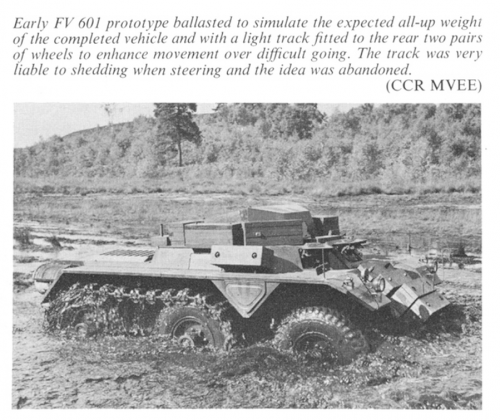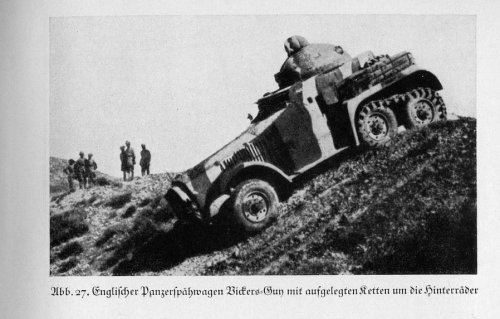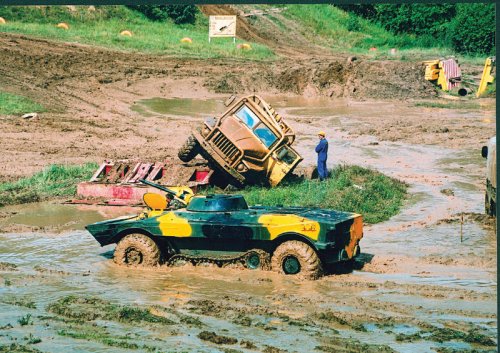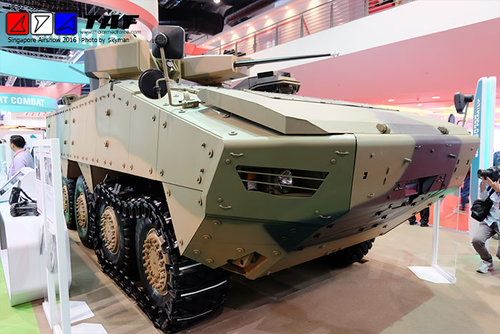"....in cost terms, weight for weight the halftrack was and still is, more expensive than the tank. The high degree of technology required to make a halftrack reliable is such that each example was an engineering achievement purchased at high cost in time and facilities. . . "
The German 3/4 tracks were originally designed to do things that a contemporary fully tracked vehicle couldn't do as well, so yes they were expensive but half tracks are not inherently expensive. Simpler designs, like the interwar French designs and the US WWII halftracks, had the huge advantage that they could be made using existing truck components on existing truck manufacturing lines, i.e. much cheaper than an equivalent full track vehicle.
It is also worth noting that the Germans didn't view their armored half tracks as an ideal solution. Using existing halftrack designs enabled them to get an armored personnel carrier into production quickly and the resulting vehicle was enormously valuable to the PanzerGrenadiers. Then the wartime imperative to maximize production of existing designs with their limited industrial base meant the Germans were stuck with what they had, even though they had superior second generation 3/4 track and, late war, fully tracked APC designs.
gral_rj said:
As an example of German halftracks' complexity, their steering was a system where you had conventional steering in small-angle(up to 15°, IIRC) turns, switching to track braking in larger turns. By contrast, US halftracks steered like like the trucks they were based on.
The German 3/4 tracks originated with gun tractors where the wheeled steering was, at the time, the only way to get sufficient turning precision for high speed road marches. The elaborate tracked arrangement was designed to combine both high road speed and good cross country performance. The system also worked well with vehicles much larger than the ones the US made, progressively heavier vehicles towing progressively heavier guns.
US halftracks were never designed for the same levels of performance, nor to scale in size (the US having a range of fully tracked gun tractors for larger artillery). This, and the very practical US desire to have easily mass produced weapons, kept the US vehicles much simpler.
The German design concept was overly complicated for APC sized vehicles, and they introduced simpler 3/4 tracked and fully tracked designs to augment the original series (e.g., the Schwerer Wehrmachtschlepper and Raupenschlepper Ost), but they were stuck with older designs the same way they were stuck with the ME-109 and PzIV.











